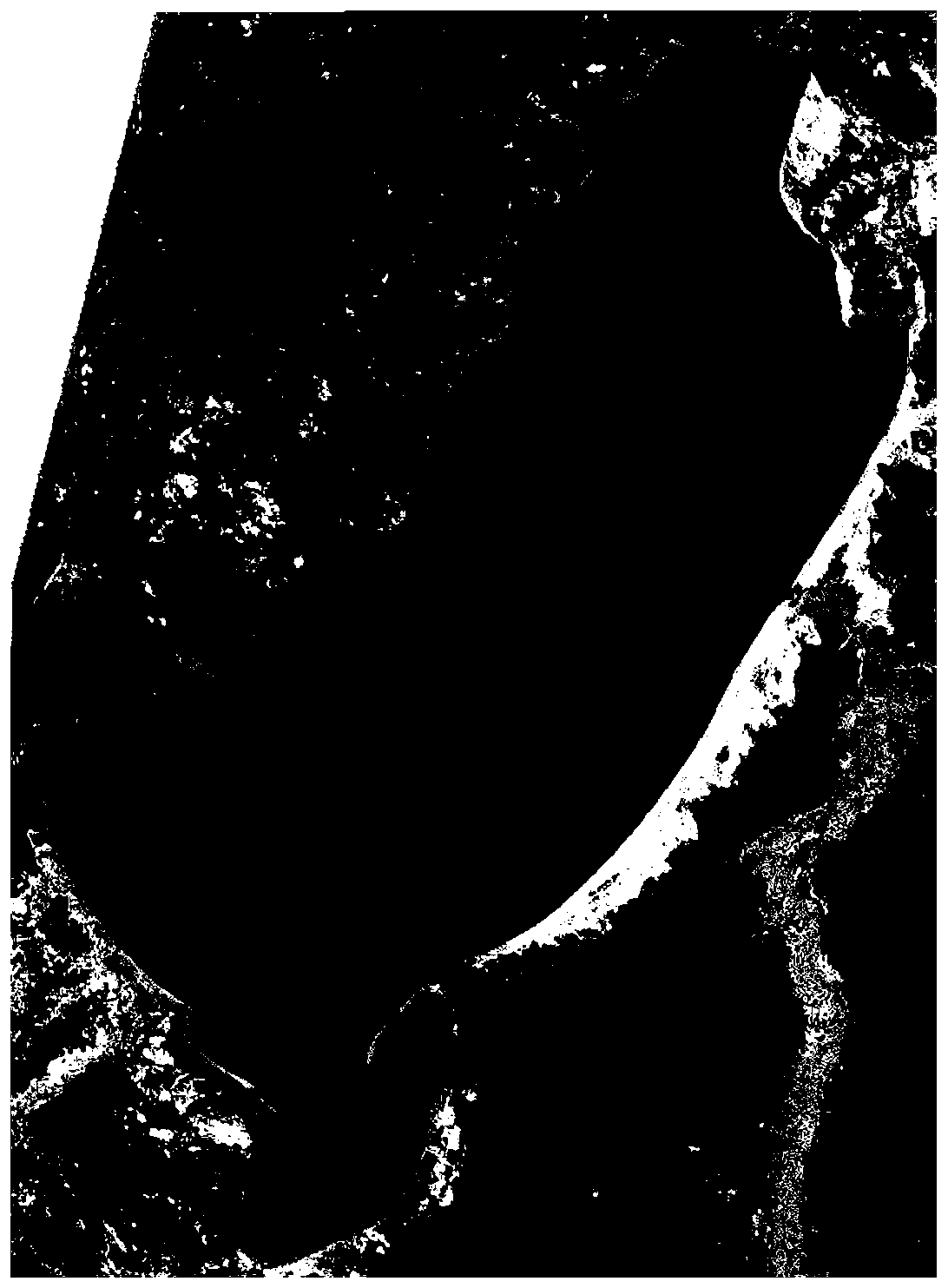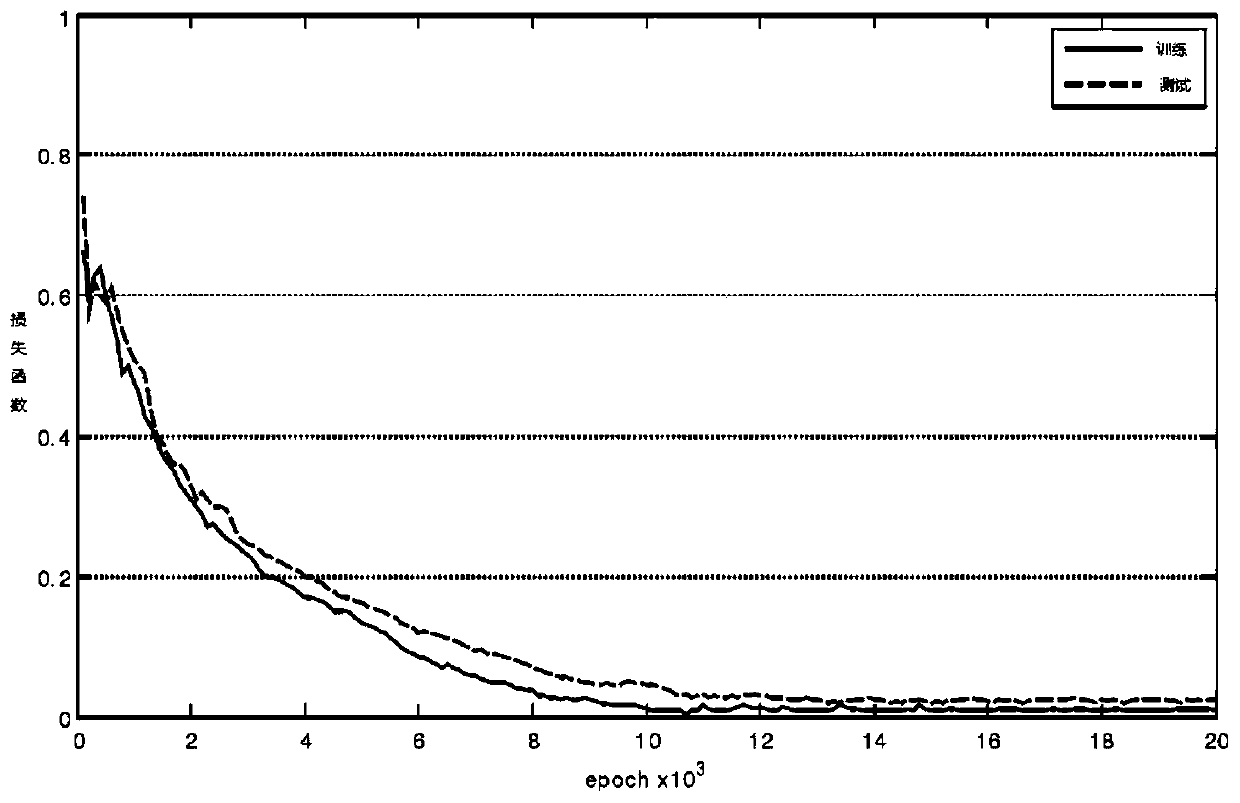Cyanobacterial bloom remote sensing monitoring method based on planktonic algae indexes and deep learning
A planktonic algae index and cyanobacteria bloom technology, applied in the field of image processing, can solve problems such as time-consuming, labor-intensive, insufficient accuracy, and poor effectiveness
- Summary
- Abstract
- Description
- Claims
- Application Information
AI Technical Summary
Problems solved by technology
Method used
Image
Examples
Embodiment Construction
[0024] The present invention will be described in further detail below in conjunction with the accompanying drawings.
[0025] Such as figure 1 As shown, a remote sensing of cyanobacterial bloom based on phytoplankton index and deep learning includes the following steps:
[0026] The first step is to use the Landsat satellite data to extract and identify the cyanobacterial blooms in the study area by using the phytoplankton index, specifically:
[0027] figure 2 For the Landsat image in the research area of this embodiment, the Landsat satellite is preprocessed, including input image, radiometric calibration, cropping, geometric correction, and atmospheric correction. The specific steps are as follows:
[0028] (1) Radiation calibration
[0029] The purpose of radiometric calibration is to quantify remote sensing image data. Land observation research requires remote sensing technology to provide long-sequence, multi-region, and multi-sensor combined data. Converting th...
PUM
 Login to View More
Login to View More Abstract
Description
Claims
Application Information
 Login to View More
Login to View More - R&D
- Intellectual Property
- Life Sciences
- Materials
- Tech Scout
- Unparalleled Data Quality
- Higher Quality Content
- 60% Fewer Hallucinations
Browse by: Latest US Patents, China's latest patents, Technical Efficacy Thesaurus, Application Domain, Technology Topic, Popular Technical Reports.
© 2025 PatSnap. All rights reserved.Legal|Privacy policy|Modern Slavery Act Transparency Statement|Sitemap|About US| Contact US: help@patsnap.com



